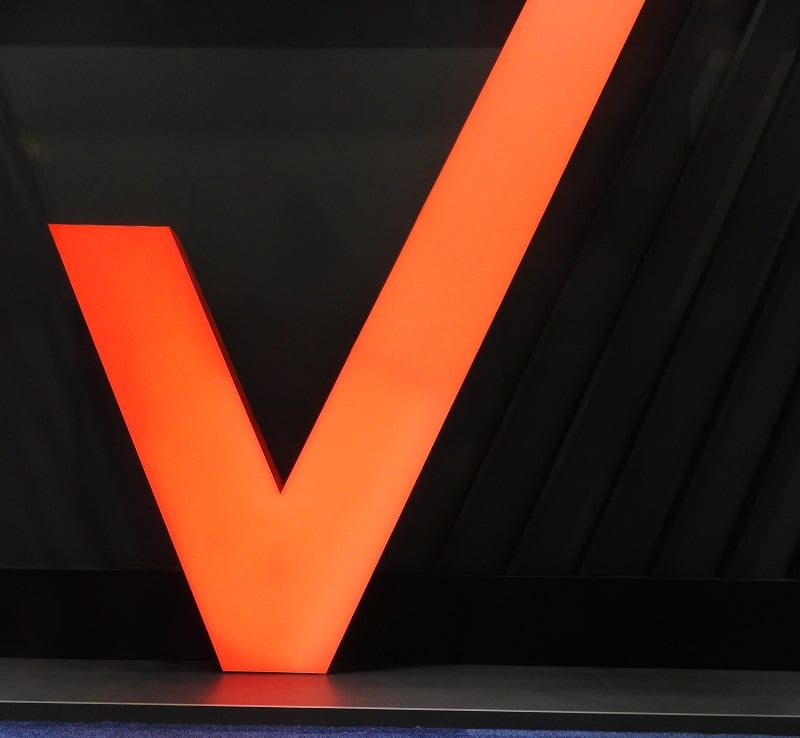When Verizon expanded its 5G nationwide service last month, it notably became the first carrier to deploy Samsung’s 5G virtualized RAN, the vendor announced Thursday.
Samsung’s 5G vRAN kit debuted in July, adding a virtualized distributed unit (vDU) to its virtualized central unit (vCU) so the entire baseband is virtualized, along with a range of radio units. With vRAN architecture software elements can run on common-off-the-shelf (COTS) x86-based servers instead of dedicated hardware.
Verizon’s December expansion brought its lower-band nationwide 5G coverage to 24 million more people, for a total of 230 million. It included areas in central Texas, Tulsa, upstate New York and New England. Samsung is Verizon’s RAN vendor in parts of upstate New York and New England, a spokesperson confirmed.
Samsung scored a $6.6 billion 5G network deal with Verizon last year and the first implementation of its vRAN kit by a major U.S. carrier is important on a number of fronts.
RELATED: Verizon expands nationwide 5G to 230M people
“This is definitely a very significant deployment for Samsung and for the RAN industry,” said Ed Gubbins, principal analyst at Global Data.
vRAN is an alternative to legacy radio access networks (RAN) in which radio network functions typically are tied to vendor-specific hardware. Proponents have cited benefits like more flexibility and scalable deployments, as well as potential for more competition and vendor choice for operators. Huawei, Ericsson and Nokia dominate the RAN market, with Samsung making inroads in markets like the U.S., Canada, and New Zealand.
RELATED: Verizon pats self on back for 5G network virtualization
Samsung previously said that validation tests of its 5G vRAN showed moving to COTS x86-based servers matched the reliability of a traditional RAN. However, as Gubbins noted, there’s still debate and skeptics about whether vRAN can stand up to traditional RAN performance.
“A major operator like Verizon rolling [vRAN] out is an import proof point of real-world operator commitment and belief in vRAN’s performance and value,” Gubbins told Fierce.
RELATED: Samsung joins commercial 5G vRAN party
Additionally, more vRAN deployments from major carriers could also encourage other operators to embrace the idea, he said, and the more operators like Verizon deploy vRAN it provides the opportunity to learn more about real-world performance versus traditional RAN and better inform the ongoing industry debate.
“Also, deployment could help accelerate the maturity of vRAN technology, making it better and potentially helping to improve that performance equation,” he said.
Samsung differentiation
Aside from the fact that Verizon is a major operator in a key market, Gubbins says the deployment gives credence to Samsung’s strategy, which differs from the likes of major RAN vendors.
“Samsung is almost unique among the major RAN vendors in trying to use vRAN as a competitive advantage,” he noted.
Huawei and ZTE aren’t jumping on the vRAN wagon, Gubbins pointed out, and Ericsson only this past October said it would offer a cloud RAN, with the first stage not available until the fourth quarter of this year. Nokia has said its second-gen 5G cloud RAN would be widely available in 2021 and is building a suite of open-RAN defined interfaces to work with its existing RAN portfolio, to be available at some point this year.
RELATED: Samsung taps Red Hat’s container expertise for 5G RAN, core
Verizon’s deployment “shows Samsung’s competitive differentiation strategy is working,” Gubbins said.
Samsung also has the benefit of deep pockets from its leading electronics brand, and expertise in 5G hardware chipsets, including the modem SoC.
Verizon also is using dynamic spectrum sharing (DSS) technology from Samsung, and picked the vendor for indoor 5G mmWave sites.
“Verizon is committed to delivering the most advanced technology in the industry for our customers,” said Bill Stone, vice president of Planning and Technology for Verizon, in a statement. “We continue to push the boundaries of innovation in 5G, and deploying virtualization into our network from the core to the far edge is yet another way we are making our network more scalable and programmable to deliver the many promises of 5G.”













